Jean Nouvel's Louvre Abu Dhabi is the UAE’s new cultural superdome
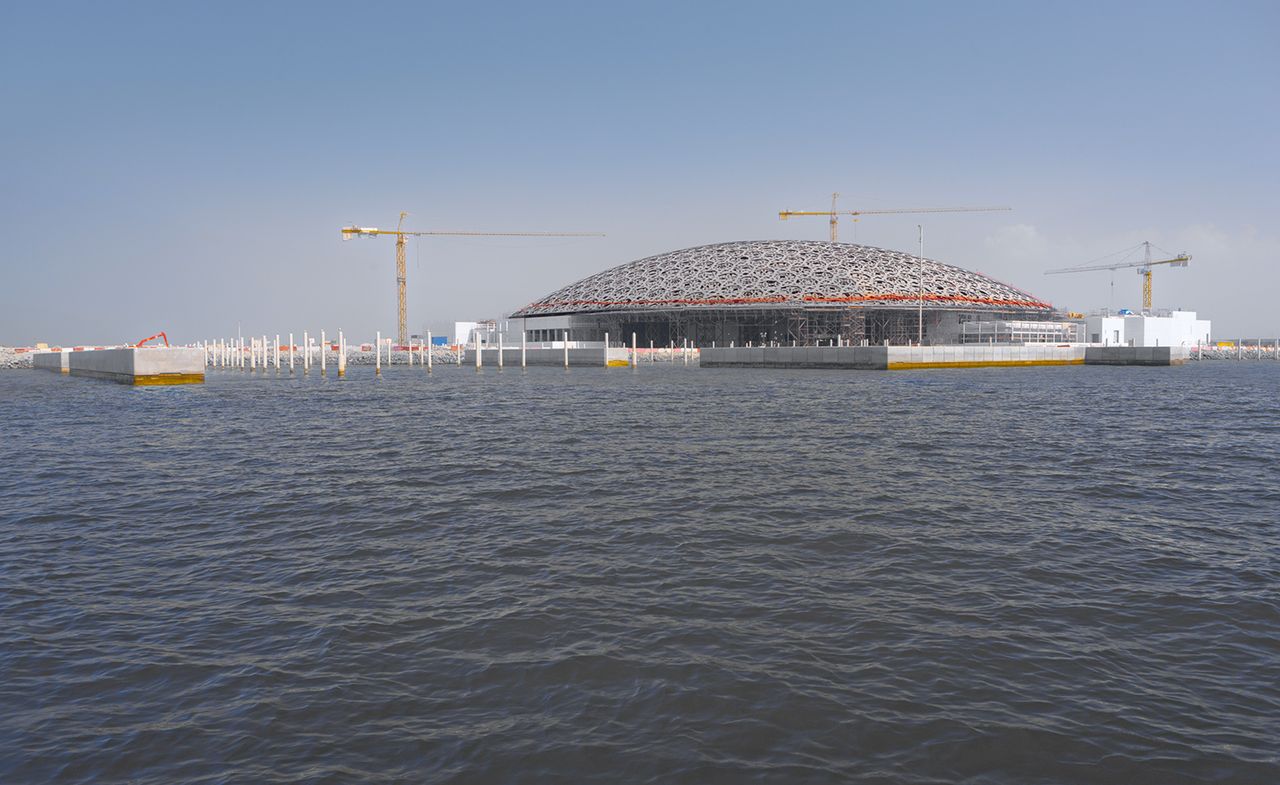
‘A museum should belong to a town,’ says Jean Nouvel, as his car carves a dark shadow across the dusty desert scrub to Saadiyat Island, a triangular sandbar off the coast of downtown Abu Dhabi. Nouvel practises what he preaches. His design for the new National Museum of Qatar is based on the local desert rose and he is modelling the forthcoming National Art Museum of China on the Chinese symbol for the number one.
In his latest building in the Middle East, the nearly completed Louvre Abu Dhabi, the architect has taken traditional elements of Arabian architecture and reinterpreted them for the 21st century. The signature of Arab towns, the cupola, dominates the superstructure. ‘The white dome is their symbol for sacred spaces. A museum is a spiritual place, even if it isn’t connected to religion,’ Nouvel says. But this is no ordinary dome. It has a 2,000 ft circumference and weighs 12,000 tonnes (almost double the Eiffel Tower). Yet, because the tops of the four vast pillars that support it are hidden, when you first spy it from a distance, the vast flying saucer seems to float in the early spring heat haze.
Get close and you see the dome is perforated with a complex geometric pattern of almost 8,000 stars, repeated at various sizes and angles in eight different layers, creating a delicate, lace-like form. The desert sun pierces the micro-gaps to create a ‘rain of light’ that falls beneath the dome and changes colour and angle as the sun rises and falls. Nouvel got the idea from the way sunlight dapples through the overlapping palm leaves that are traditionally used as roofing material in the Middle East.
Part of the dome hovers over a traditional Falaj canal – a water channel system, which farmers in the Middle East still use to irrigate their fields. Water flows between the 12 permanent galleries that take up 9,200 sq m of the 87,000 sq m of built-up space, that will be completed later this year, after a three-year delay caused by the global financial crisis. Visitors will walk indoors and outdoors as they make their way through galleries, which are divided into four wings, mirroring the layout of a traditional Arabic souq.
Nouvel’s Louvre is the centrepiece of Abu Dhabi’s efforts to reshape its oil-dependent economy and help turn the city into a new cultural hub. Over the next few years, the largest and wealthiest emirate of the seven semi-autonomous sheikhdoms that make up the United Arab Emirates will sink as much as £20bn into building five major museums and galleries. The Louvre, a £1bn, 30-year cultural joint venture between the Paris institution and Sheikh Khalifa bin Zayed Al-Nahyan, the ruler of Abu Dhabi, will be the first to open.
It will be followed by the Guggenheim Abu Dhabi, designed by Frank Gehry, who has penned a pile-up of translucent cones and gigantic children’s building blocks, 12 times the size of the Guggenheim’s New York flagship. Along the coast, Zaha Hadid is creating a vast performing arts centre that looks like a half-terrestrial, half-marine flower bud.
Next door, Tadao Ando has designed the Maritime Museum to celebrate Abu Dhabi’s trading and sea-faring history. Behind them all, soaring like the tips of a falcon’s wings, will be the towers of the Zayed National Museum, designed by Foster + Partners and curated in partnership with the British Museum. When they are all completed, some time over the next decade, they will form the largest new artistic ‘cluster’ on the planet.
Why is Abu Dhabi sinking its pennies into five new buildings, each of which will rival Sydney Opera House in eye-catching monumentality? Reformist sheikhs argue that for too long the Middle East has been ignored, left out and sidelined in global artistic conversation. ‘Some people think we still live in tents,’ says Mubarak Hamad Al Muhairi, a senior executive who has worked on the Saadiyat project. ‘We want to be part of this world. We want the next generation to know about other civilisations, other cultures, and we want other cultures to know about us.’
Abu Dhabi also wants to attract tourists – more sophisticated ones than those who flock to the beaches of its noisy neighbour, Dubai – and it hopes the new buildings will create a ‘Bilbao effect’. When the new Louvre opens later this year, 600 works from the museum’s permanent collection, plus loans from Paris, will explore the themes of religion, trade, voyage and discovery. Notable among them will be Leonardo da Vinci’s La Belle Ferronnière, Claude Monet’s La Gare Saint-Lazare, Edouard Manet’s The Fife Player, Henri Matisse’s Still Life with a Magnolia, Paul Gauguin’s Breton Boys Wrestling, Andy Warhol’s Big Electric Chair, nine canvases by Cy Twombly and rare African artifacts.
As originally featured in the April 2016 issue of Wallpaper* (W*205)
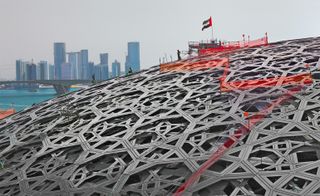
Scaffolding temporarily supports the canopy, which took 30 million man-hours and 424 days to assemble
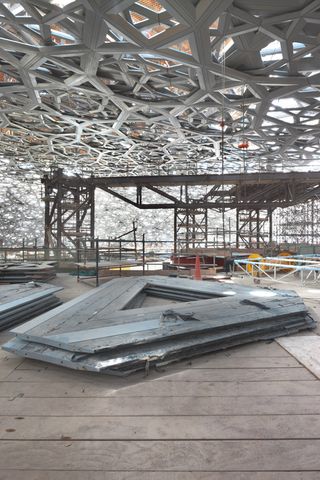
The four permanent towers that support the dome are concealed, creating the illusion that the structure is floating above the water below
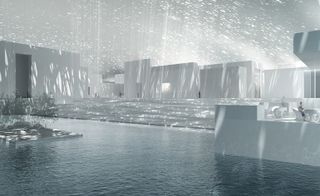
Sunlight streams through the cut-outs in the roof, creating a ‘rain of light’ effect
INFORMATION
For more information, visit Jean Nouvel's website
Photography: Courtesy of Abu Dhabi Tourism & Culture Authority/Louvre Abu Dhabi
Wallpaper* Newsletter
Receive our daily digest of inspiration, escapism and design stories from around the world direct to your inbox.
-
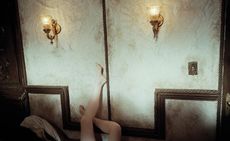 Unlike the gloriously grotesque imagery in his films, Yorgos Lanthimos’ photographs are quietly beautiful
Unlike the gloriously grotesque imagery in his films, Yorgos Lanthimos’ photographs are quietly beautifulAn exhibition at Webber Gallery in Los Angeles presents Yorgos Lanthimos’ photography
By Katie Tobin Published
-
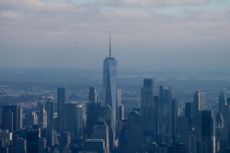 Remembering architect David M Childs (1941-2025) and his New York skyline legacy
Remembering architect David M Childs (1941-2025) and his New York skyline legacyDavid M Childs, a former chairman of architectural powerhouse SOM, has passed away. We celebrate his professional achievements
By Jonathan Bell Published
-
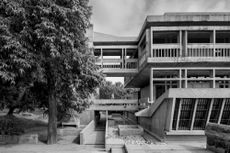 At the Institute of Indology, a humble new addition makes all the difference
At the Institute of Indology, a humble new addition makes all the differenceContinuing the late Balkrishna V Doshi’s legacy, Sangath studio design a new take on the toilet in Gujarat
By Ellie Stathaki Published
-
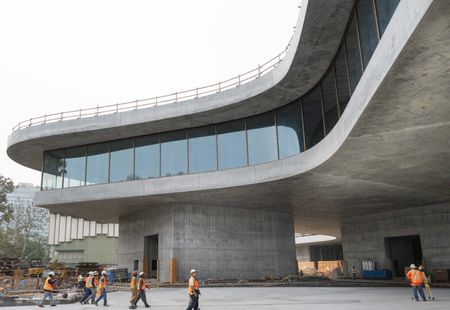 You’ll soon be able to get a sneak peek inside Peter Zumthor’s LACMA expansion
You’ll soon be able to get a sneak peek inside Peter Zumthor’s LACMA expansionBut you’ll still have to wait another year for the grand opening
By Anna Fixsen Published
-
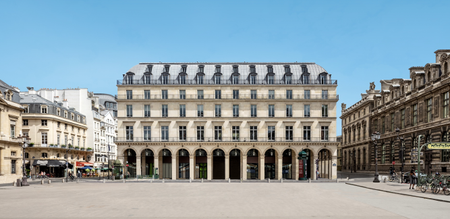 Fondation Cartier pour l’art contemporain unveils plans for new Jean Nouvel building
Fondation Cartier pour l’art contemporain unveils plans for new Jean Nouvel buildingFondation Cartier pour l’art contemporain has plans for a new building in Paris, working with architect Jean Nouvel
By Ellie Stathaki Published
-
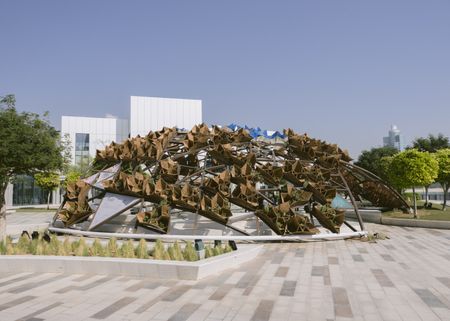 Art Jameel pavilion in Dubai is a dome to fight climate doom
Art Jameel pavilion in Dubai is a dome to fight climate doomArt Jameel pavilion by Lebanese practice theOtherDada flags sustainability in Dubai, and opened to coincide with COP 28
By Nana Ama Owusu-Ansah Published
-
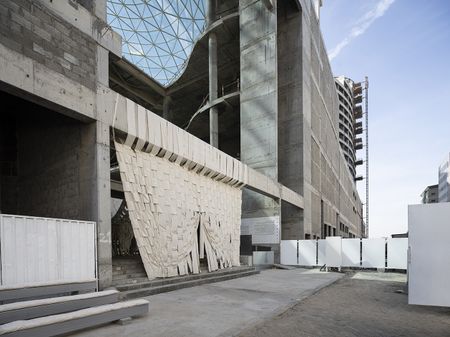 Installation SUPER LIMBO activates the empty building site of Sharjah Mall
Installation SUPER LIMBO activates the empty building site of Sharjah MallSUPER LIMBO installation by Limbo Accra and Ivorian textile brand Super Yaya uses weaving methods to activate the paused building site of Sharjah Mall during Sharjah Architecture Triennial 2023
By Nana Ama Owusu-Ansah Published
-
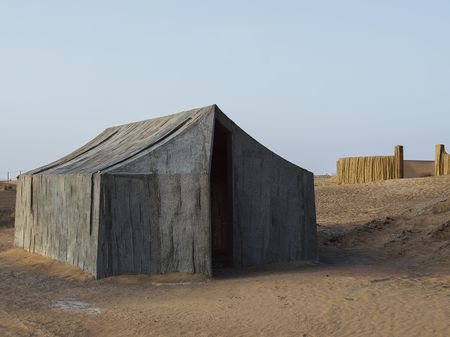 Sharjah Architecture Triennial 2023 celebrates the ‘beauty of impermanence’
Sharjah Architecture Triennial 2023 celebrates the ‘beauty of impermanence’The Sharjah Architecture Triennial 2023, curated by Tosin Oshinowo, focuses on beauty, impermanence and adaptability; and it has just launched in the UAE
By Ellie Stathaki Last updated
-
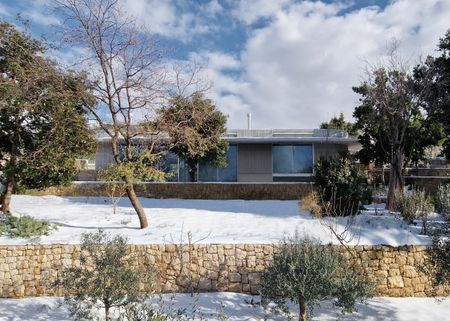 East Architecture Studio, Lebanon and UAE: Wallpaper* Architects’ Directory 2023
East Architecture Studio, Lebanon and UAE: Wallpaper* Architects’ Directory 2023East Architecture Studio, with a base in Lebanon and the UAE, joins the ranks of the Wallpaper* Architects’ Directory 2023, our annual round-up of exciting emerging architecture studios
By Ellie Stathaki Published
-
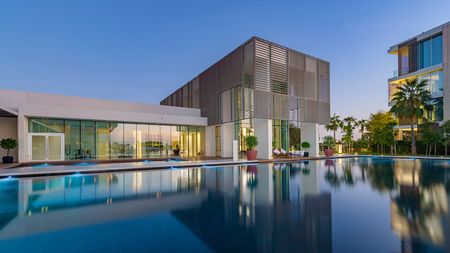 Oberoi Beach Resort, Al-Zorah by Piero Lissoni is an understated UAE gem
Oberoi Beach Resort, Al-Zorah by Piero Lissoni is an understated UAE gemThe Oberoi Beach Resort, Al-Zorah by Piero Lissoni offers beach breaks and contemporary design in the UAE
By Daven Wu Published
-
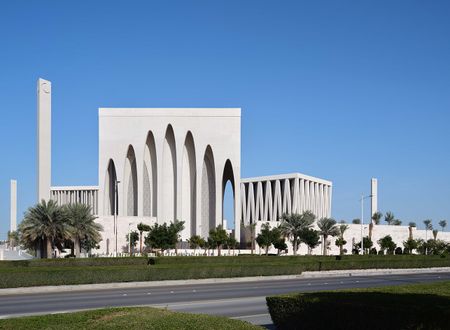 Abrahamic Family House: an architectural symbol of coexistence
Abrahamic Family House: an architectural symbol of coexistenceThe Abrahamic Family House, the United Arab Emirates’ new interfaith complex, opens to the public in Abu Dhabi
By Rebecca Anne Proctor Published